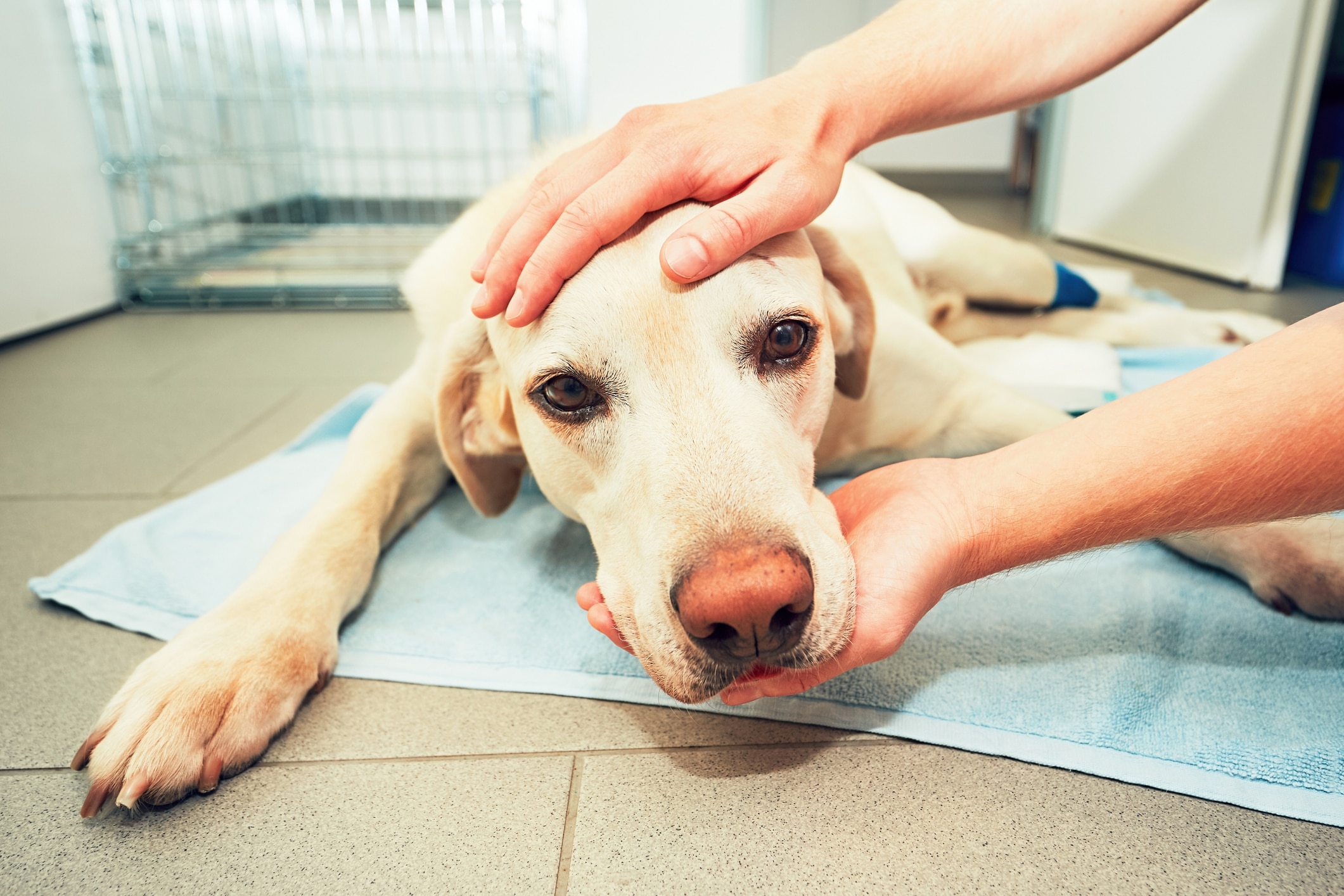If you have a pregnant cat who’s about to deliver, you might feel frantic, nervous and excited. The good news is that cat birth comes naturally, so your pet will instinctively know what she needs to do. “Generally, nature takes its course and cats are very good mothers, so a lot of the time you don’t have to do anything,” says Dr. James Talbott, a veterinarian at Belle Forest Animal Hospital and Kennel in Nashville, Tennessee.
But you should take an observational role during the birthing process and assist your pet if she has trouble, he adds. Here’s everything you need to know about the cat birthing process and what you can do to help your pet on the big day!
How should you prepare for a cat birth?
It’s important for your cat to have a comfortable place that will make her feel safe and secure during her delivery. “Usually the queen will go and find a quiet place,” says Dr. Adrienne Mulligan, a veterinarian at Camp Verde Veterinary Clinic in Camp Verde, Arizona. But you can also try to make a “nest” for her out of a cardboard box, says Dr. Mulligan. Start by cutting an opening on one side of the box so that your cat can come and go as she pleases.
Then, fill the box with pieces of cut or torn newspaper and drape a blanket over the top. Remember to place the box in an area of your home that does not have a lot of foot traffic, like a warm, quiet corner in an undisturbed room, and be sure to keep a litter box, food and water nearby. Once the area is ready, show your cat the nest so that she becomes used to it before she goes into labor.
What is the birthing process like?
Once your cat begins labor, you will notice a few behavioral changes. She might begin to yowl or make unusual noises and start pacing around the room. After a while, you will notice that she will go over to the birthing nest or to another quiet location of her choosing.
Once she decides on a birthing place, you should not move her, as this may cause her to become distressed. Labor could begin shortly after your cat settles in, and this process may take up to 12 hours, during which time your cat might make really loud, disturbing noises. This is completely normal and should not be cause for concern.
What should you do to help your cat when she is giving birth?
Dr. Talbott advises that you always have your vet’s phone number on hand in case of an emergency. As you watch the birthing process, you will notice that each kitten comes out in its own amniotic sac, which your cat will break open after delivery so that the kitten can breathe. If your cat does not break the sac, you should open it yourself using a clean towel. Do not use anything sharp to break open the sac, as this could potentially harm the newborn kitten.
Your cat will then clean each kitten with her tongue to remove any placenta. If she neglects to do this, you should put on gloves and gently wipe off the placenta using a clean towel. At this point, your cat will bite through the umbilical cord with her teeth. But if the cord does not break all the way, you should wrap a piece of dental floss around the cord — at least an inch from the kitten — and cinch the floss quickly. This process should result in a clean cut.
Your cat could give birth to as few as two to as many as eight kittens. According to Dr. Talbott, a problem may arise if your cat has retained a kitten in her abdomen. If you notice that your cat or any of her kittens are struggling, you should call your vet right away.
Congratulations, you and your cat now have new little additions to the family! As capable as the new mother is, you should still get somebody to help care for the kittens while you’re at work.
Kelly Sundstrom is an award-winning journalist, author and artist. As the caretaker of two dogs, five cats and a bearded dragon, Sundstrom understands the importance of keeping pets healthy and safe.
* This article is for general informational purposes only. It is not intended nor implied to be providing medical advice and is not a substitute for such advice. The reader should always consult a health care provider concerning any medical condition or treatment plan. Neither Care.com nor the author assumes any responsibility or liability with respect to use of any information contained herein.





